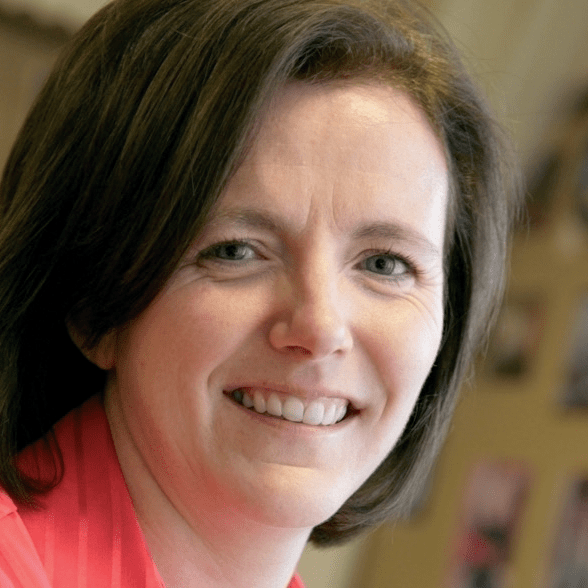“The DfE Must Recognise That Quality Early Years Education Costs, And Fund The Sector Accordingly”

What parents have to say on the safety and security of early years settings in the UK

I want to focus on parents’ views of the safety and security of early years settings, using conclusions drawn from the Ceeda parent survey benchmark, carried out for PVI settings in England, Scotland and Wales, and in-depth case study research conducted on behalf of the Pre-School Learning Alliance.
Feedback on the safety and security of provision is mostly positive. Where provided, nursery transport receives a big thumbs up with average ratings of 9.51 out of 10; safety and security at drop-off and collection is also rated highly, but concerns around the perennial issue of tailgating and unstaffed reception areas remain.
Aside from continuously reminding parents not to hold open doors, recommendations from parents include regularly changing door entry codes, greater use of technology and stricter administration of signing-in procedures.
The maintenance and cleanliness of premises receive lower ratings, though remain in the positive at 8.83 from a possible 10. Concerns raised here centre on the maintenance of access doors, gates and window security, and the hygiene of toilet facilities.
Staff ratios
At the bottom of the rankings are parents’ ratings on the extent to which “there are always enough staff supervising your children”. With an average score of 8.51, views, again, are in the positive, but concerns include the ability of lone workers to respond to an individual child’s needs whilst safeguarding all children in their care.
The DfE’s review of childcare delivery costs, upon which national funding rates were determined, recently concluded, “Our analysis shows that a ‘typical’ provider in a private setting could save around 15 per cent of its unit delivery costs by staffing within the statutory requirements. Similarly, there are potential savings by changing the mix of staff used, within the limits of regulation.”
Detailed case study research conducted by Ceeda for the Pre-School Learning Alliance, however, identifies several reasons why settings may operate above minimum ratios from time to time, or regularly, including the varying size of child cohorts, building layout, and the individual needs of children attending.
In some cases, settings operate above minimum requirements as part of their safeguarding policy not to deploy lone workers, as Mike Hunter, manager of Romanby Pre-School and Cabin Crew in North Yorkshire, explains: “We cannot look after the best interests of a child working to minimum ratios. We have to be confident that we can manage an incident, comfort a distressed child, cover for a sick colleague or change a nappy without impacting on the safety and wellbeing of other children in our care. Our staffing patterns reflect what we believe is necessary to safeguard both children and staff.”
As pressures on operating costs increase, most recently with announced business rate rises, settings are faced with difficult choices. At a time of sector expansion and widespread recruitment difficulties it is incumbent on all involved in early years, including those responsible for setting policy direction and funding levels, to ensure that quality isn’t negatively impacted.
On this point, Neil Leitch, Chief Executive at the Pre-school Learning Alliance, said, “The sector has made it very clear that we are not willing to compromise on quality in order to cut costs – and unsurprisingly, parents agree. Given this, it makes no sense for the government to base next year’s funding rates on the false assumption that providers will work to absolute maximum ratios. Rather than trying to pressure practitioners to work in a way that we all know is not in the best interests of children, the DfE must recognise that quality early years care and education costs, and fund the sector accordingly.”
KEY FIGURES
A sample of parents’ ratings for safety and security
9.51 Transport we provide is safe and well managed.
9.09 A warm and welcoming environment is provided for you and your children.
9.01 Systems for the arrival and collection of children are safe and effective.
8.83 Premises are clean and well maintained.
8.51 There are always enough staff supervising your child/ren.
(Base: 9,245 surveys completed in the period 17 October, 2015 to 18 October, 2016)
To find out more about Ceeda research services, email Jo at enquiries@ceeda.co.uk or call 0845 680 0631. Visit ceeda.co.uk or share your thoughts on this issue’s focus by tweeting @ceeda_uk












